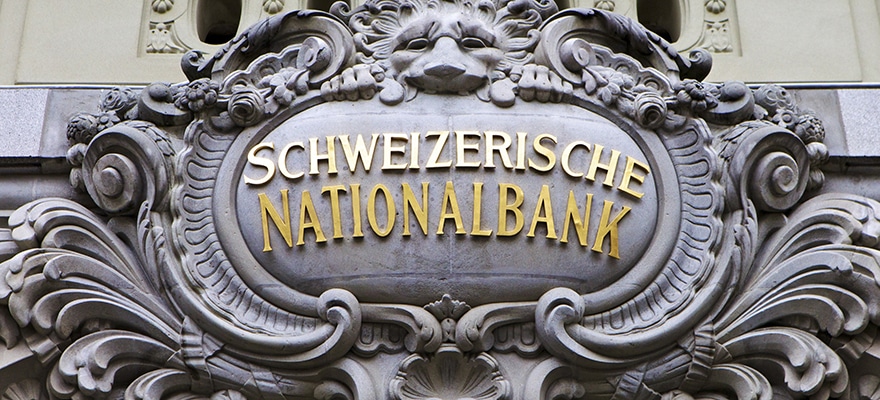For over three years, the Swiss National Bank (SNB) sold huge amounts of their own currency (the Swiss franc) to prevent it from appreciating against the euro and other currencies. During this time they successfully maintained a EUR/CHF ‘floor’ at 1.20.
However, on January 15th the SNB stopped manipulating their currency as it was simply becoming too expensive an operation. The market immediately reacted with the Swiss franc (CHF) appreciating at a phenomenal rate and the EUR/CHF dropped over 19%, from 1.2017 to a low of 0.9648, in one day. At the same time the SNB cut interest rates to minus 0.75%, this helped stabilize the currency and by mid-February the EUR/CHF had recovered to 1.0800.
The pair has since been trading within a range between 1.0220 and 1.0800, with recent price action showing a sharp rally from 1.0400 to 1.0650. This move may be a reaction to the SNB’s recent statements that the Swiss franc is overvalued.
A prolonged overvalued currency will negatively affect Switzerland’s economy making tourism and exports expensive and uncompetitive. The country has also experienced negative inflation since September 2014, a weak currency could help correct this however a strong currency will only make it worse. GDP growth rates have been similar for both Switzerland and the Euro area, however Switzerland’s latest data released was negative at -0.20% and the Euro area had a GDP growth rate of +0.40%.
Looking Forward
The Euro has seen its currency devalue against most major currencies, but it may be gaining some strength again as issues with Greece have been resolved plus GDP and employment have begun to show signs of a recovery. However, Quantitative Easing, large injections of cash into the economy being carried out by the European Central Bank (ECB), may prevent the euro from rising sharply.
What remains to be seen is how much investors are willing to hold a currency with negative interest rates, such as the CHF. A devaluing currency will lure some investors but buy and hold investors have little incentive to keep large amounts of CHF other than for diversification.
How to Trade It...
Through buying options it’s possible to trade a trend and rising Volatility . The following provides two trade examples using Call and Put option contracts.
Trading an Uptrend
If you expect the euro to strengthen and the SNB to continue with statements that their currency is overvalued, hence the EUR/CHF to move higher, you may buy a Call option. A Call gives you the right to buy EUR/CHF at a certain price for a certain period of time. If the EUR/CHF rises, the Call option’s value increases.
The image below is an example on the ORE web-platform, it is a Call option to buy 100,000 euros at 1.0650 over the next week. It costs a premium of 353.55 CHF (367 USD) to buy this option.

If the EUR/CHF rises above 1.0650 by expiry the option will payout, with at least 100% profit if the pair moves above 1.0720. If the EUR/CHF does not rise, the option will have no value and a loss will be incurred. The loss is limited to the premium paid at open, that is 367 USD, and you cannot get stopped-out of the trade.
Trading a Downtrend
If you expect the euro to weaken and CHF to make a come-back from recent lows, hence the EUR/CHF to move lower, you may buy a Put option. A Put gives you the right to sell EUR/CHF at a certain price for a certain period of time. If the EUR/CHF falls then the Put option’s value increases.
The image below is an example on the ORE web-platform, it is a Put option to sell 100,000 euros at 1.0600 over the next week. It costs a premium of 347.84 CHF (361 USD) to buy this option.

If the EUR/CHF falls below 1.0600 by expiry the option will payout, with at least 100% profit if the pair moves below 1.0530. If the EUR/CHF does not fall, the option will have no value and a loss will be incurred. The loss is limited to the premium paid at open, that is 361 USD, and you cannot get stopped-out of the trade.
These examples are straightforward buy Call and buy Put trades, it is also possible to set-up strategies. An option strategy is when you buy and sell Call and Put options in different combinations to trade a whole range of different outcomes. For example, you may buy a Straddle strategy which involves buying a Call and a Put at the same time; this combination is used to trade the expectation of a large market move regardless of direction, ahead of an important news announcement for example. When buying a Straddle, the Call leg may return a payout as the market rises and the Put leg may return a profit if the market falls.






















